Conservation Evidence Blog
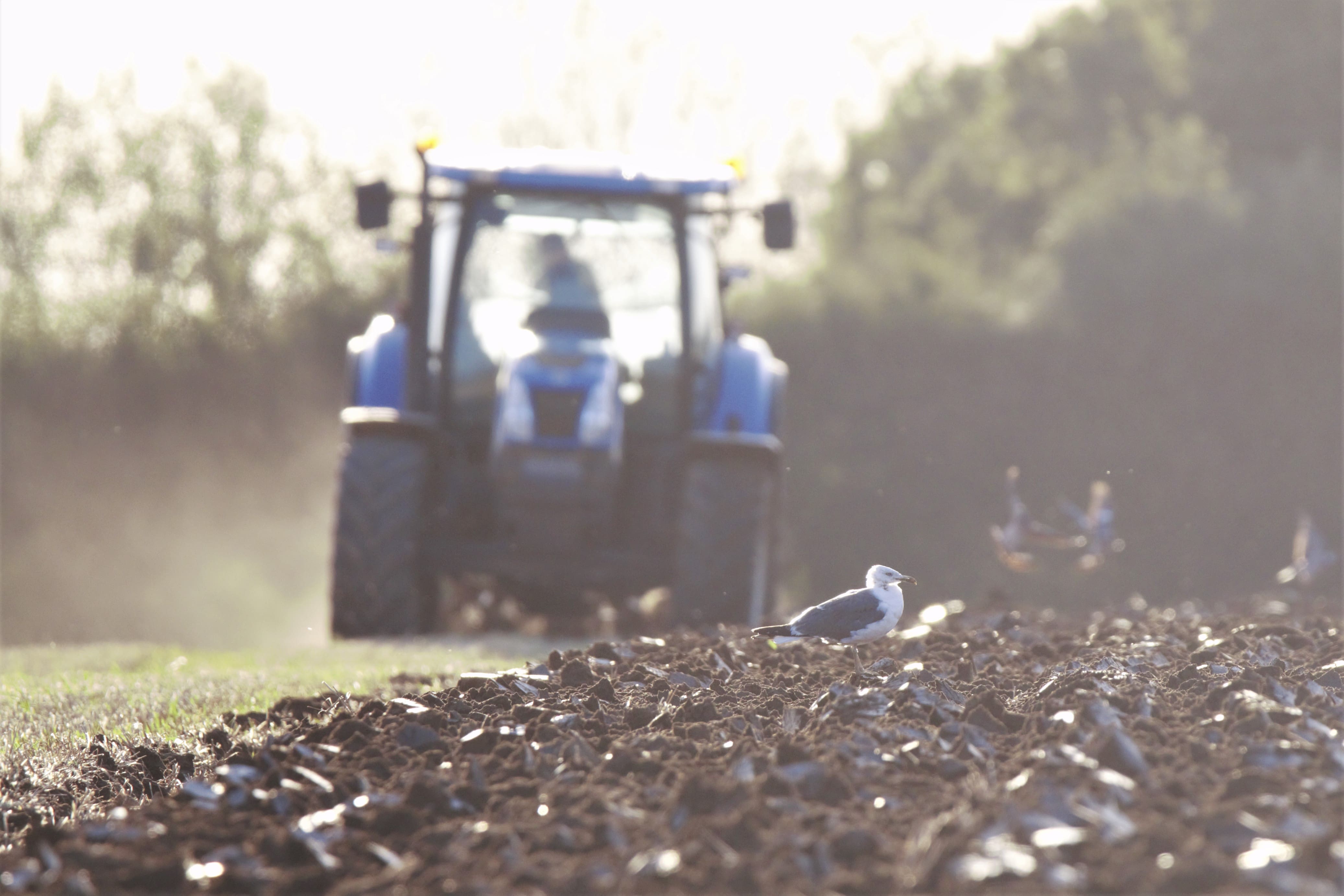
Helping practitioners to make and document conservation decisions: the Evidence-to-Decision tool
When undertaking actions to restore habitats or conserve wildlife, we often have to make difficult decisions. Which actions are best to benefit bird species or pollinators? How effective will these actions be? Are they feasible to implement, and acceptable to other stakeholders? To make decisions, conservationists have to use and combine various sources of information […] and ensure that limited funds are used to maximum effect. […] Here I outline a new decision support tool developed jointly between conservation researchers and practitioners that helps to document the evidence and thinking behind decisions.
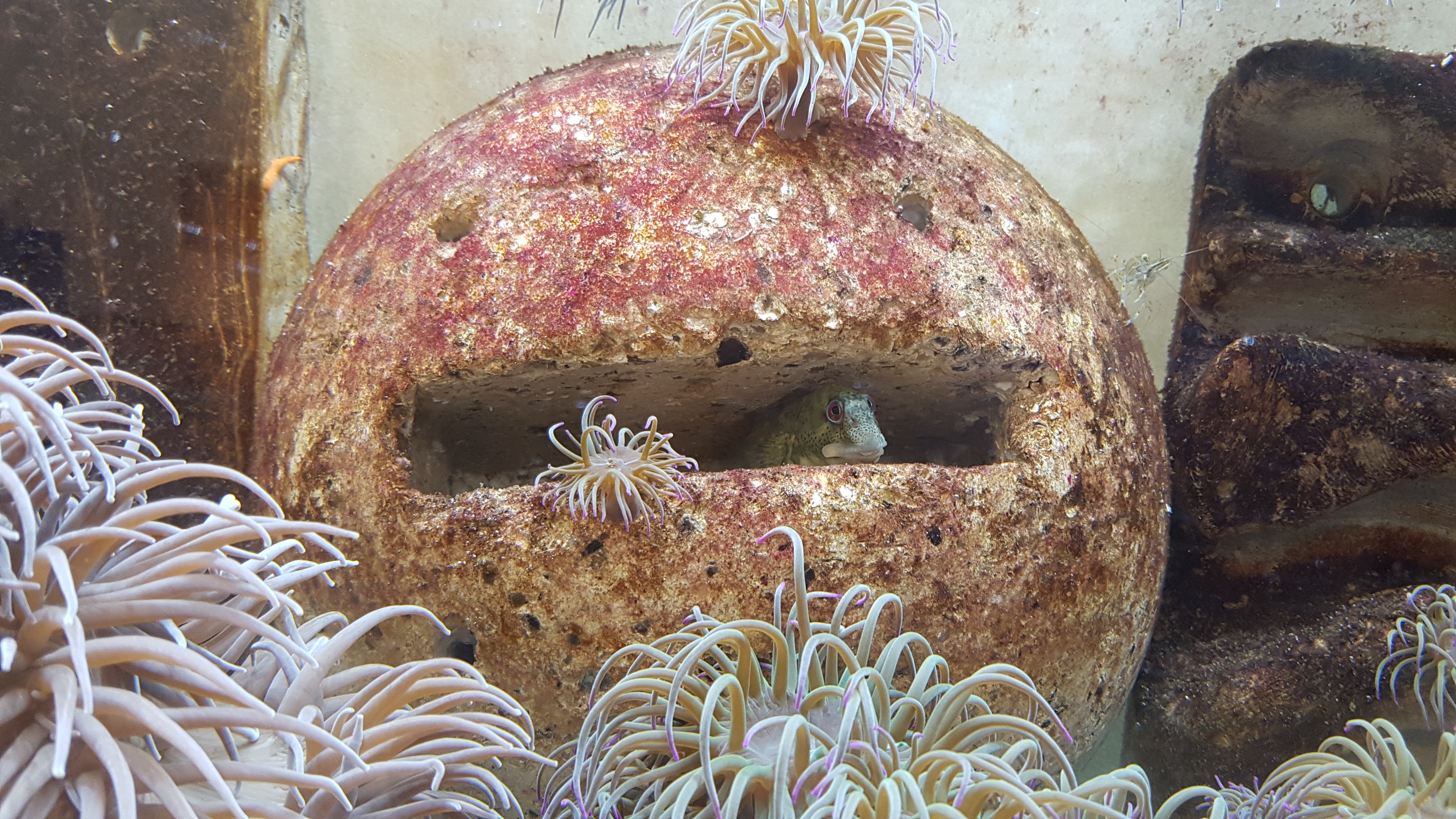
The biodiversity of marine artificial structures
In this new synopsis of evidence for the Conservation Evidence project, we have summarised the global evidence for the effects of actions that can be taken to enhance the biodiversity of marine artificial structures. We tried to include all the actions that could be taken – whether evidence of their effects existed or not. The actions are split into those that can be carried out on intertidal structures and those that can be carried out on subtidal structures…

The untapped side of science that could boost evidence-based conservation
On a quiet day over ten years ago in Cambridge, I was writing the summary of a paper reporting the creation of roof-top breeding sites for little terns (Sternula albifrons). Many people in the same lab were similarly writing paper summaries for the Conservation Evidence project, but there was one critical difference—the paper I was summarising was written in Japanese…

Reducing publication delay to improve the efficiency and impact of conservation science
Recently, Tom White and Alec Christie spoke to PeerJ about their article Reducing publication delay to improve the efficiency and impact of conservation science. This interview was originally published on the PeerJ blog. Can you tell us a bit about yourselves? We’re both researchers from the Conservation Evidence project at the University of Cambridge. Alec…
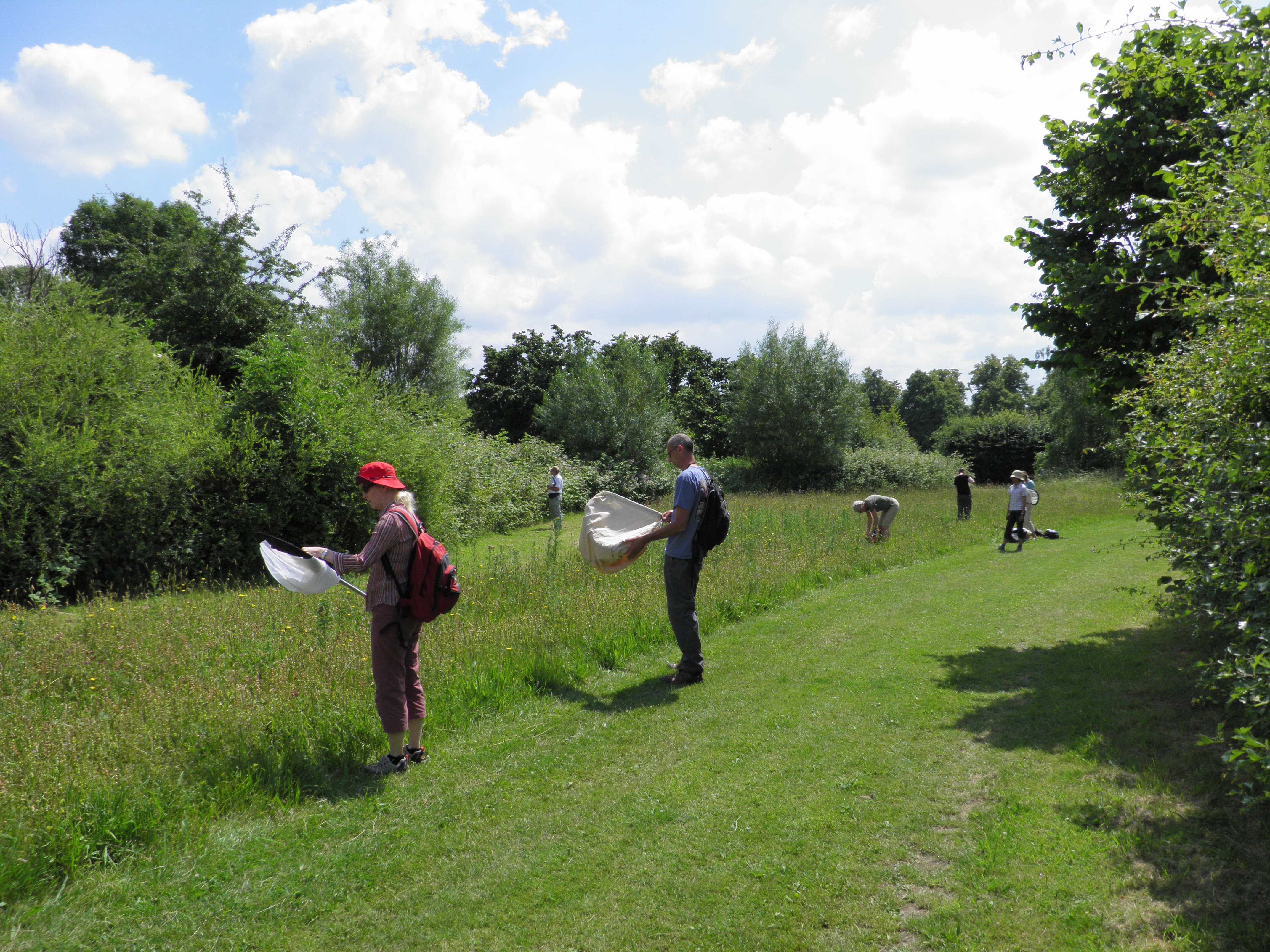
Making conservation evidence from citizen science accessible
Francesca is an Ecological Modeller at the UK Centre for Ecology & Hydrology, where she works primarily with citizen science data to produce species trends and identify the drivers of biodiversity change.framan@ceh.ac.uk; @Frances_Mancini The UK has a long tradition of monitoring biodiversity through citizen science (Pocock et al, 2015). Since the 1970s hundreds of volunteer-led…

Challenges and opportunities for evidence-based development mitigation
This blog was written by Bronwen Hunter, a PhD student at the University of Sussex who recently completed her MSc at Imperial College, London, where she conducted research on the evidence for ecological mitigation measures. Her current work focuses on the application of text-analysis tools to global analyses of wildlife exploitation. What is ecological mitigation?…

1,000 pages of evidence for conservation actions
This week, the sixth edition of Conservation Evidence’s flagship publication, What Works in Conservation, is published. What Works provides a freely-available, comprehensive overview of the expert assessment of evidence for the effectiveness (or not) of management actions collated within Conservation Evidence synopses. It is a freely-available resource for conservation managers, practitioners and policy-makers who want…
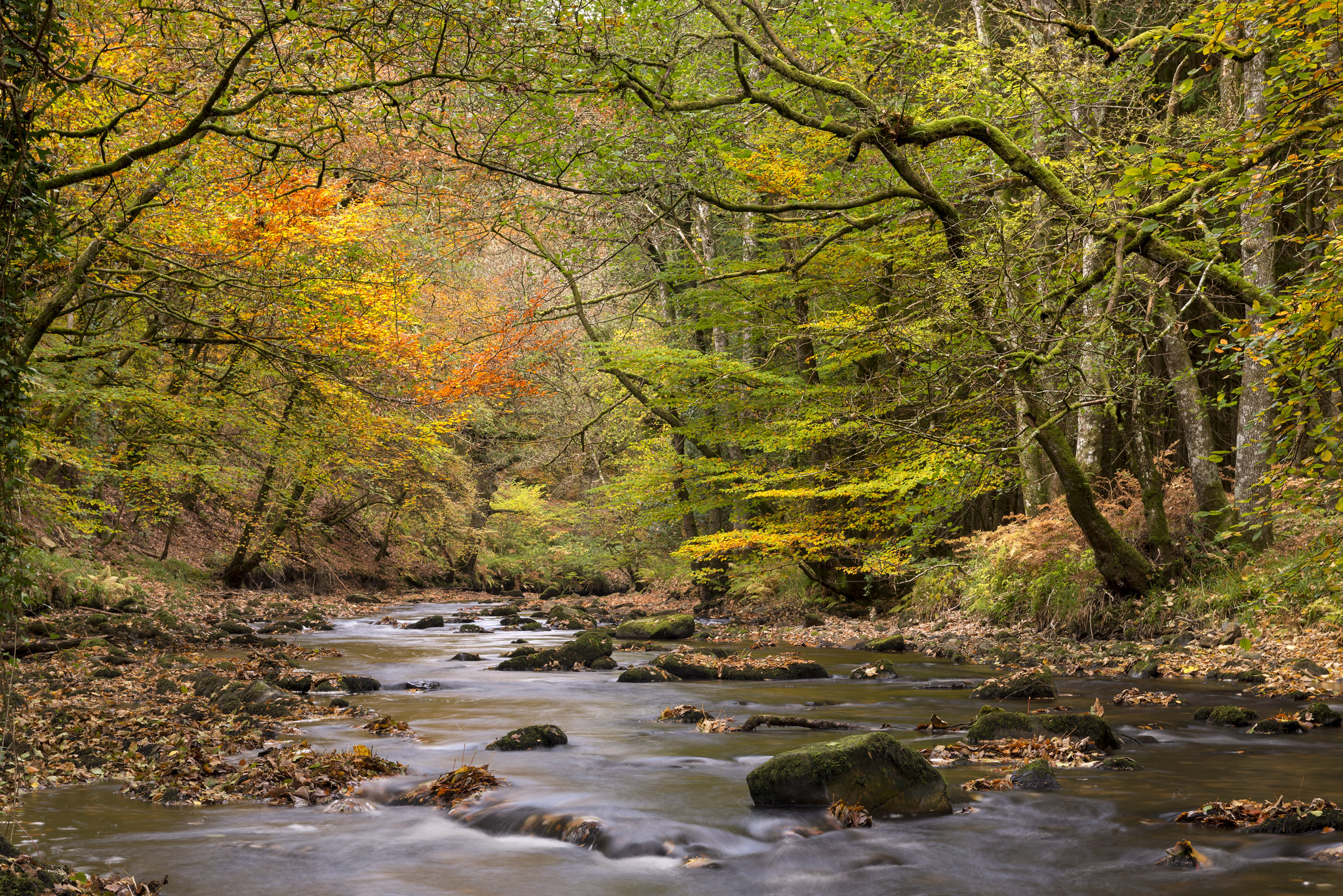
Turning evidence into action for the conservation of the UK’s woods and trees
This blog was written by Karen Hornigold, Conservation Evidence Advisor for the Woodland Trust. The Woodland Trust is the UK’s leading native woods and trees conservation charity, with a large woodland estate that we manage for people and wildlife. We use research and evidence to underpin our conservation work, not only on our estate, but…
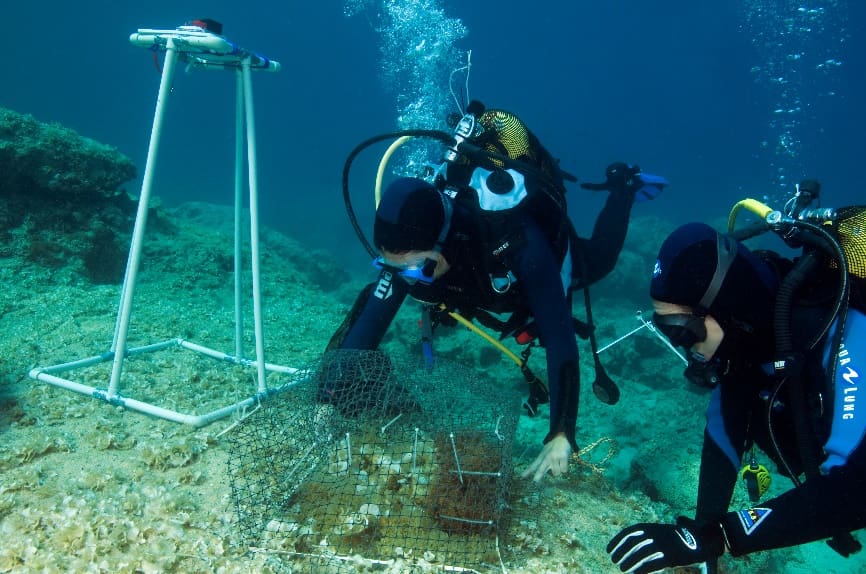
Experiments in conservation practice
This blog was written by Nancy Ockendon, Science Manager for the Endangered Landscapes Programme, to accompany the publication of the open-access article Effectively integrating experiments into conservation practice in Ecological Solutions and Evidence. It seeks to raise awareness of opportunities to embed experiments in conservation and restoration management, in order to generate new evidence and…

Evidence synthesis communities and the future of evidence-informed conservation
Neal R Haddaway, Matthew J Grainger, Gavin Stewart From computer science to public health, from sustainable agriculture to marine conservation, evidence synthesis is increasingly seen as a vital piece of the decision-making process. Evidence synthesis methodologies are developing rapidly, aided by new technologies that can make synthesis work more efficient. At the same time, communities…
